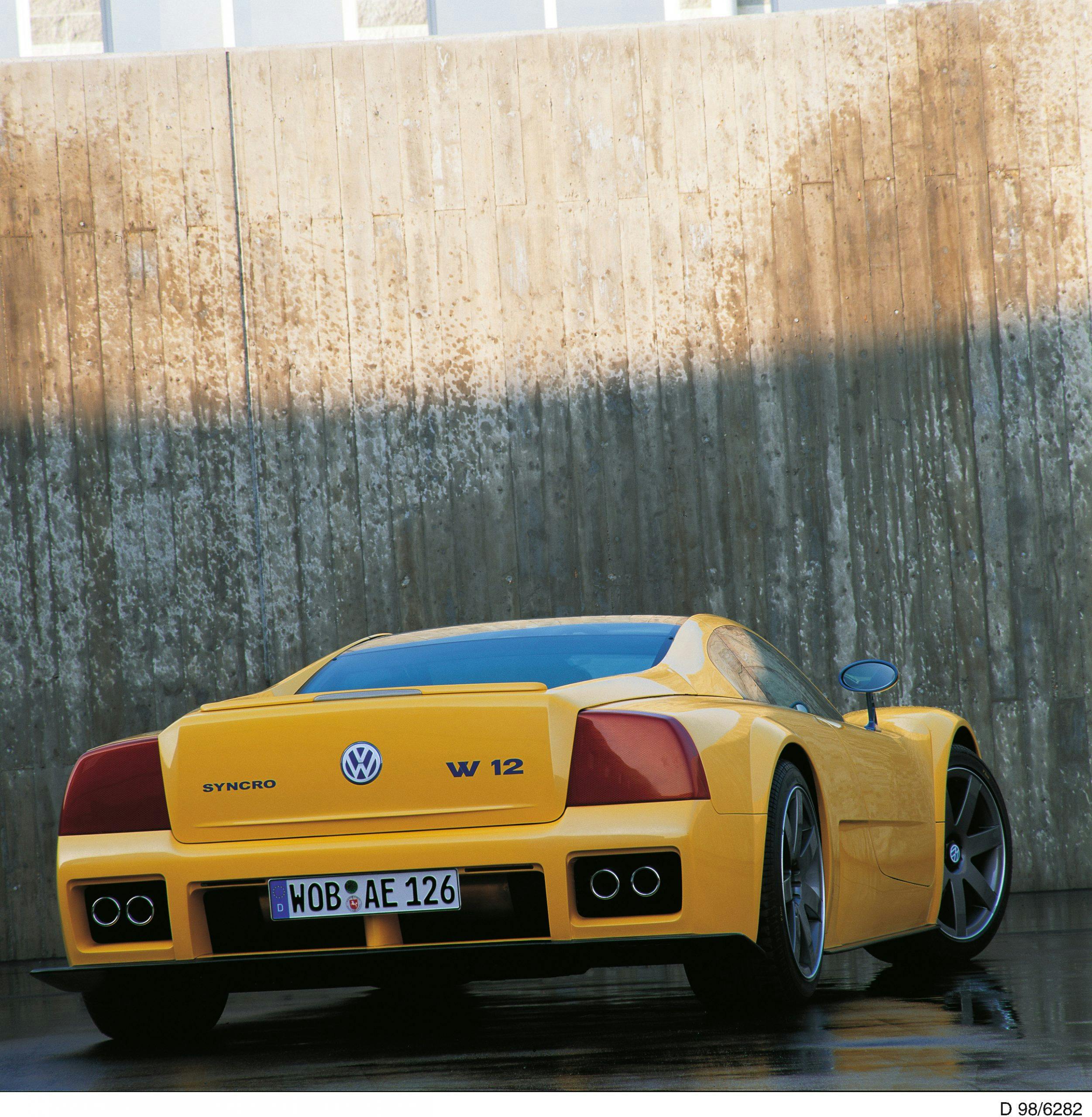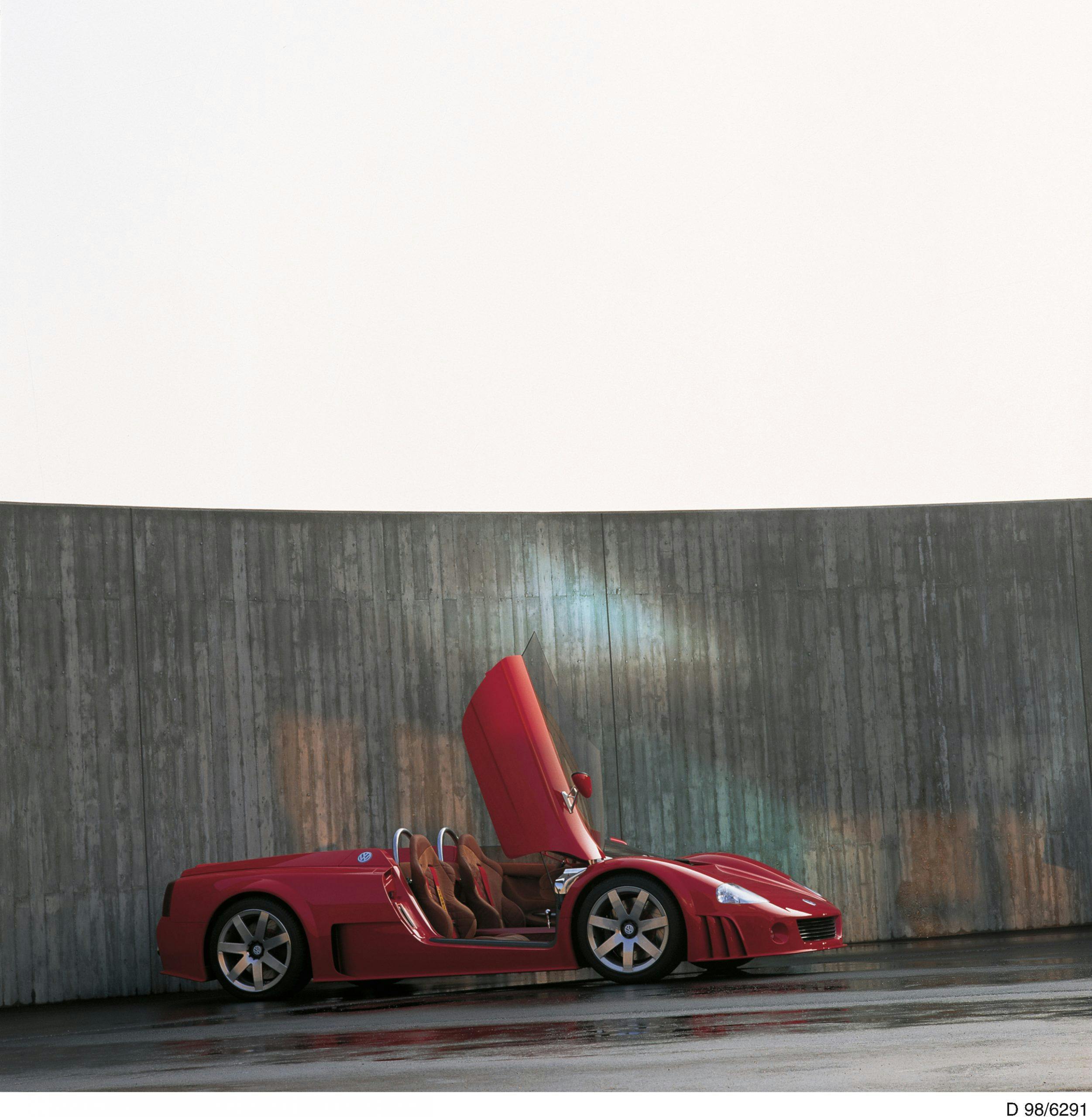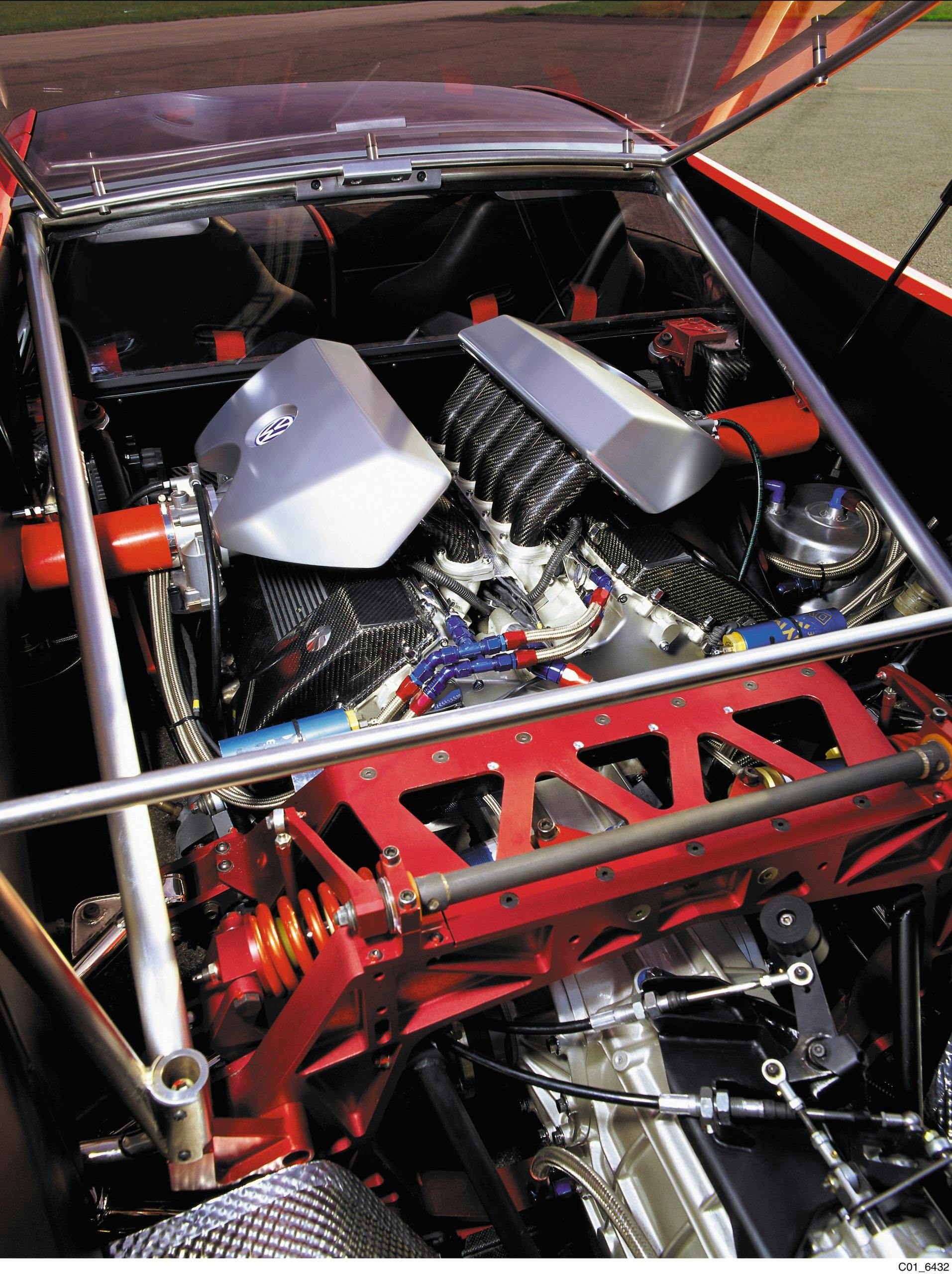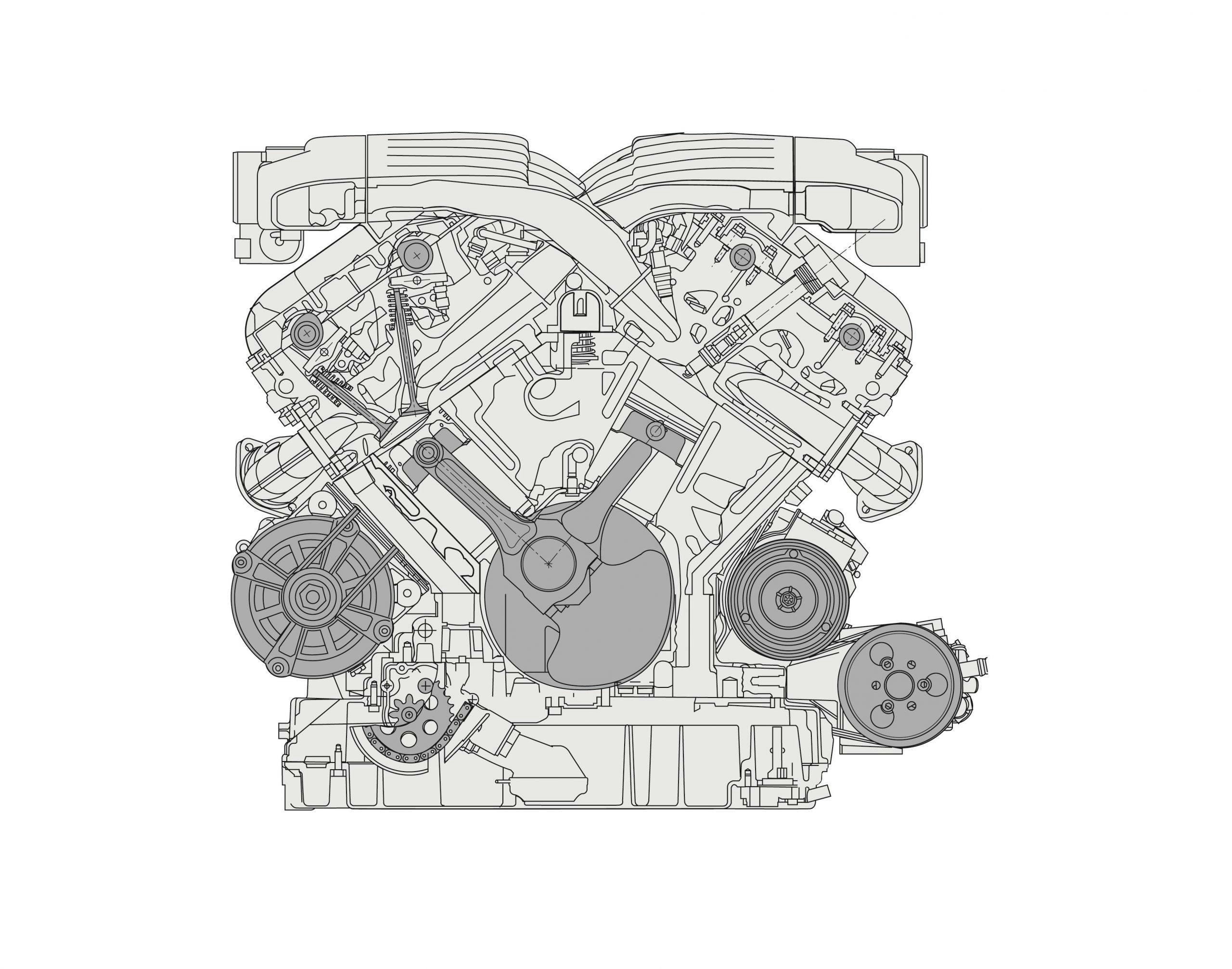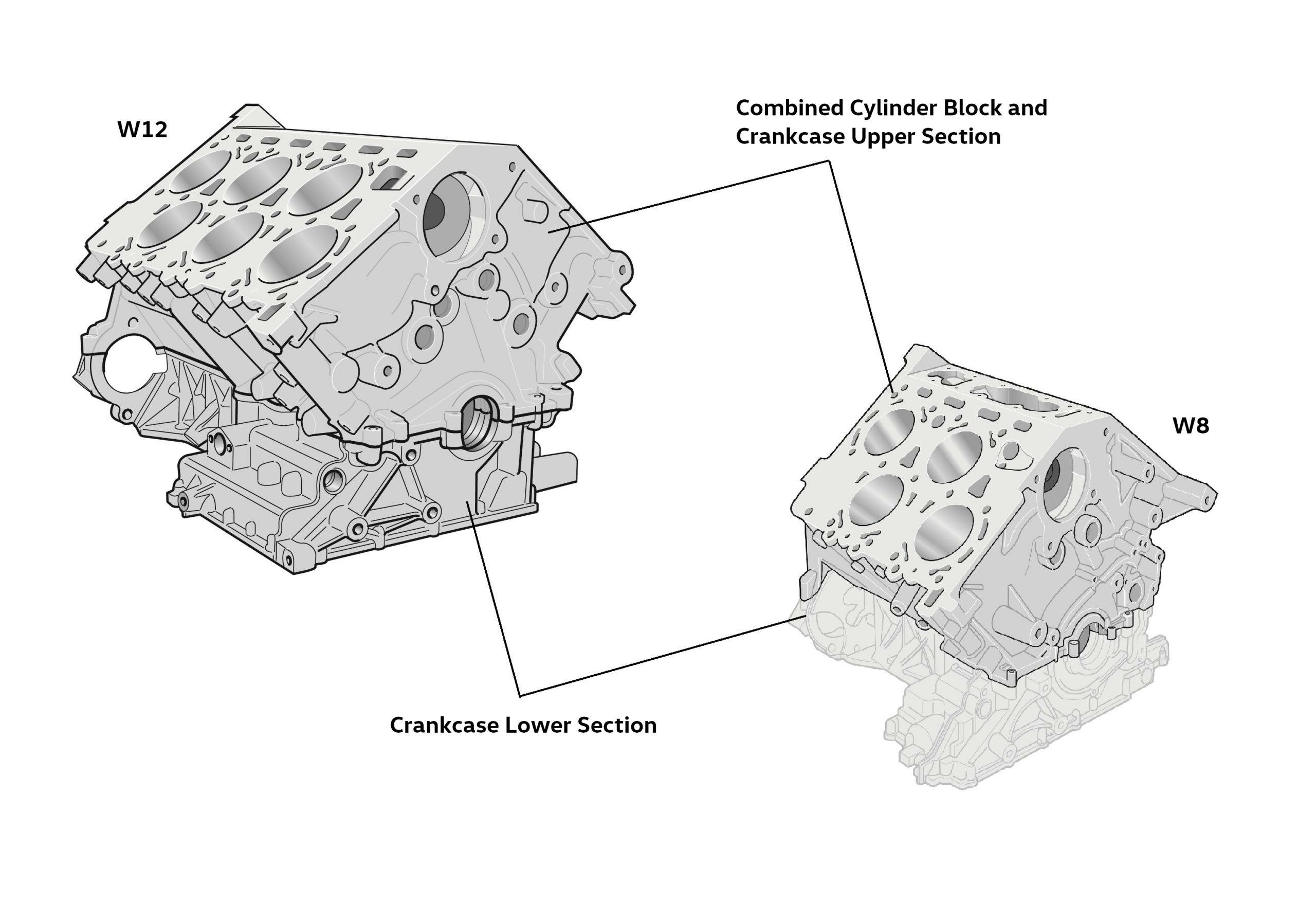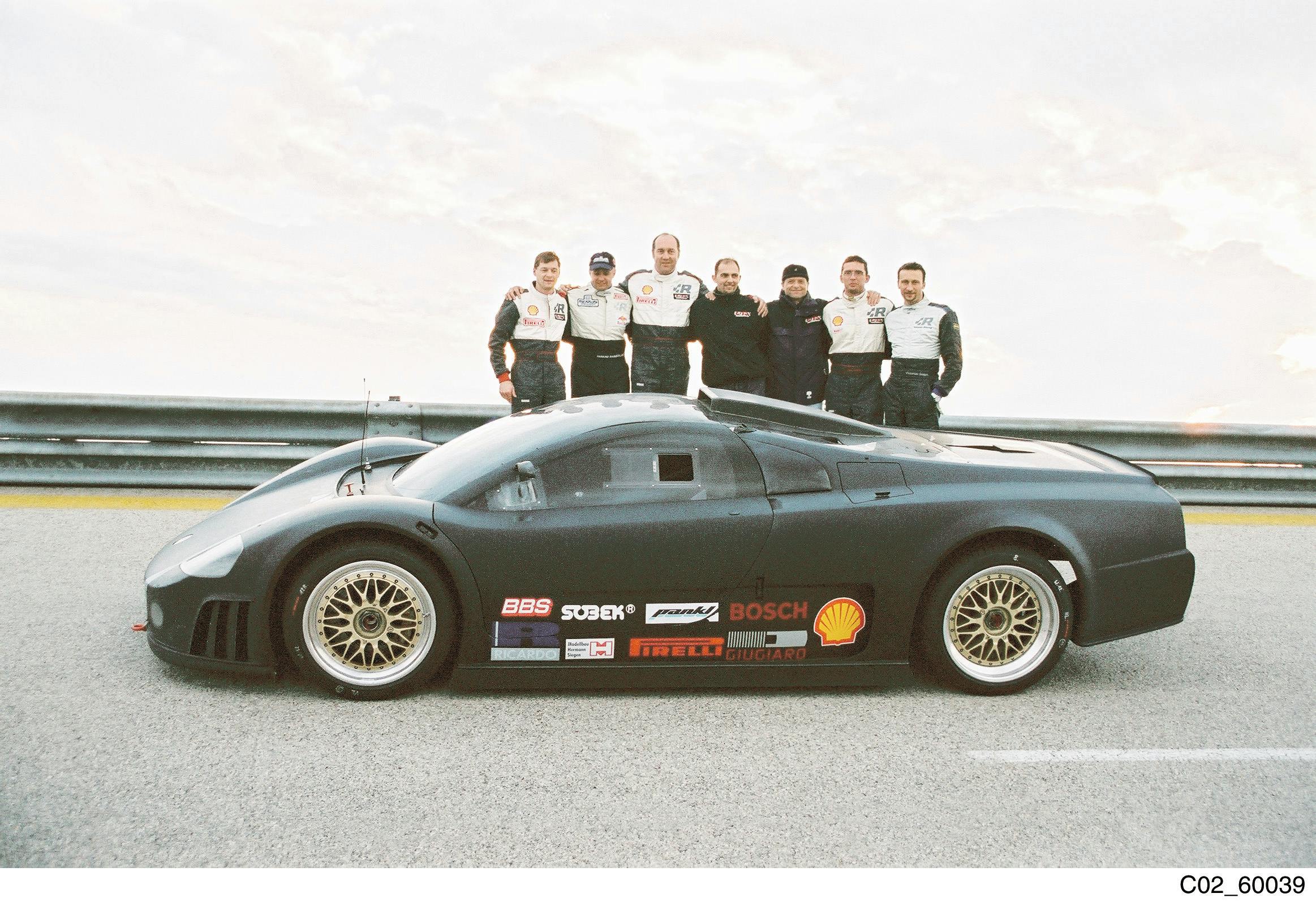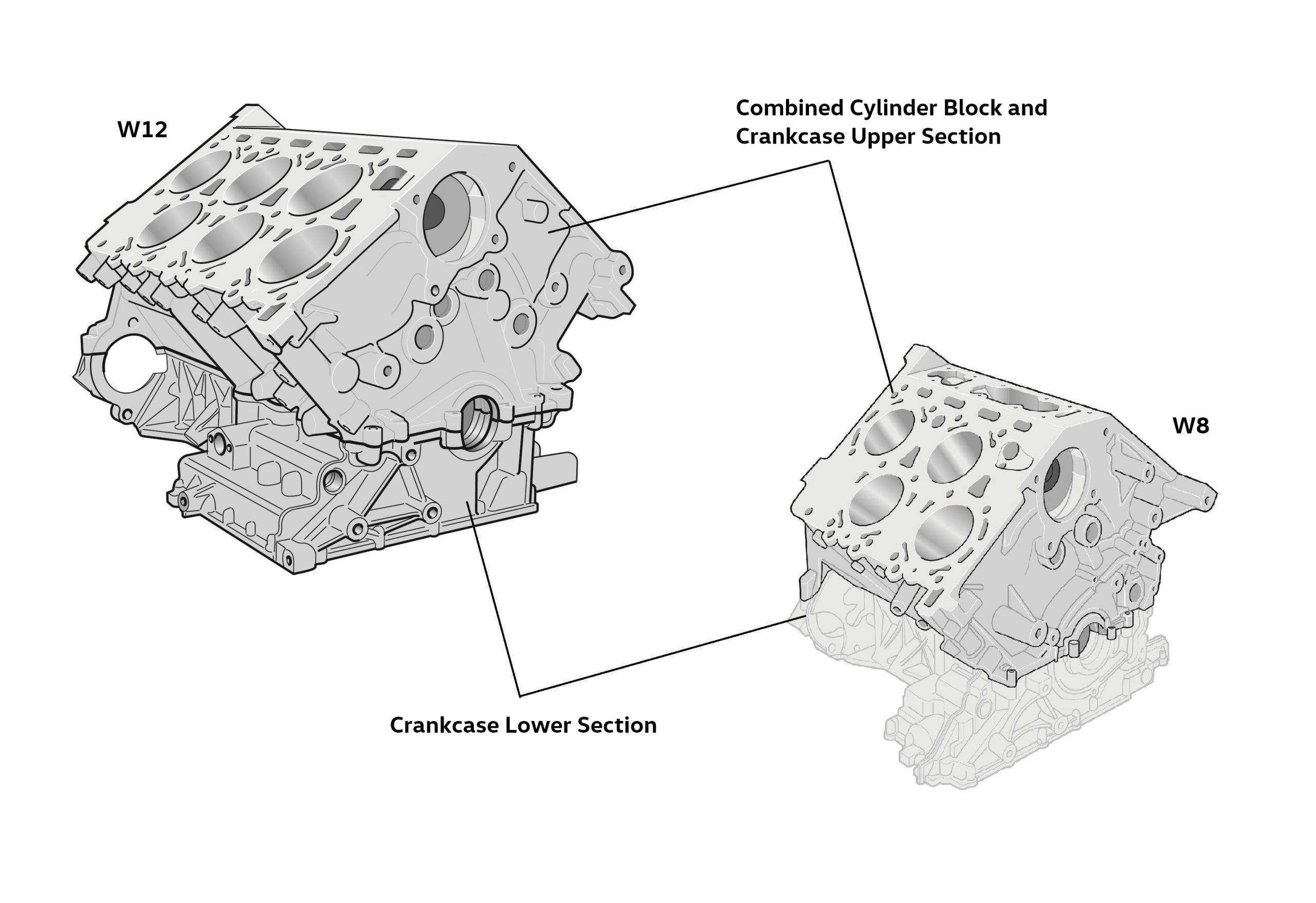Media | Articles
Before the Veyron, VW’s supercar dreams hung on this W-12-engined concept
Volkswagen was dreaming of supercars long before it bought the ailing Bugatti firm in 1998. Starting with the Beetle, the German marque had built its reputation on “people’s cars.” Even its spiciest models, like the Corrado and the Golf GTI, boasted four seats, cargo space, and, in the latter case, a reasonable price. Four years into his tenure as bossman of the VW Group, Ferdinand Piëch was hungry for something a bit less. . . sensible.
The W12 Concept Coupe was the W-engined oddity that Piëch hoped would catapult VW into supercar territory. It was the first realization of a cylinder configuration that he scribbled on the back of an envelope while aboard the Shinkansen express train that ran between Tokyo and Nagoya, Japan. Thanks to input from VW’s head of powertrain development, Piëch imagined using the Corrado’s narrow-angle VR6, a sort-of-straight six that used offset cylinders, as a building block. Or, perhaps, like bacon strips on a sandwich—if one is good, two is better. The original Veyron concept, which debuted in Tokyo a year after the W12 Concept Coupe with a W-18 engine, used three … but we’re getting ahead of ourselves.

The W12 Concept Coupe debuted with a 414-hp W-12 comprised of two VR6s spinning a single crankshaft. VR6 nerds can guess the displacement: 5.6 liters. A six-speed sequential gearbox sent power to all four wheels via VW’s viscous-coupling Syncro system.
Compared to a Spyker or a Pagani, the design comes off as tame. The designers and engineers went to great pains fitting an appropriate suit to Piëch’s moonshot W12. The windshield is a single pane of glass that begins at the cowl and sweeps toward the tail, offering a peek at the engine on its rearward arc. The doors opened in appropriately dramatic scissor fashion.
VW cooked up a roadster the next year, with a frameless windscreen and twelve exposed intake runners sunbathing behind the twin roll hoops.
Marketplace
Buy and sell classics with confidence
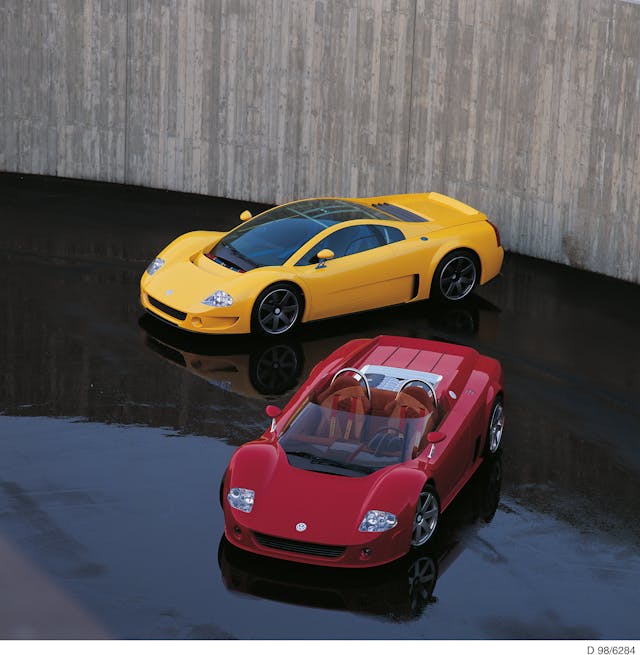
Then . . . silence from the W12 concept family. Most likely, following the acquisition of Bugatti in 1998, Piëch decided that dusting off the Bugatti badge made more sense than trying to reinvent VW’s image as a performance brand. Plus, VW was already developing an exotic powerplant. In 2000, he effectively signed the death warrant for the W12 Concept Coupe, proclaiming that Bugatti would launch a 1000-hp car that could hit 60 mph in less than 3 seconds and rocket beyond 250 mph.
Though they were condemned to never see production, W12 Concepts still had work to do as development mules for Piëch’s family of W engines, which by 1998 had expanded to include a triple-VR6 W-18. The bossman was dedicated to the configuration, ushering not one, but four Bugatti concepts to auto show floors with eighteen-cylinder engines—in thirteen months, no less. He wouldn’t give up on the W18 until nearly 2000, when the Veyron concept debuted with a W-16.

Thus was born the W12 Nardo. With its Siamese-twin W-12 enlarged to 6.0 liters, but without the Syncro system, the W12 Nardo appeared in 2001 as VW’s rear-drive contender for the 24-hour speed record at southern Italy’s eponymous Nardò test track. October of 2001 fulfilled VW’s promise: The car clocked an average speed of 183.5 mph over 4402 miles.

It wasn’t done, either. After breaking for the holidays, the W12 Nardo team was back in southern Italy. On February 23, twenty years ago this month, the W12 Nardo smashed its previous record with an average speed of 200.6 mph over 4809 miles. Piëch’s W engine had proven its salt. The Nardo’s nine world records—out of twelve total, relating to time and distance—stand to this day.
The first roadworthy Veyron arrived two years later. Though the glory would belong to Molsheim, the W12 Concept tells a story that few design studies can: It birthed a development car that made the record books. We know the VW Group’s first production supercar as a Bugatti—but it was almost a VW.

